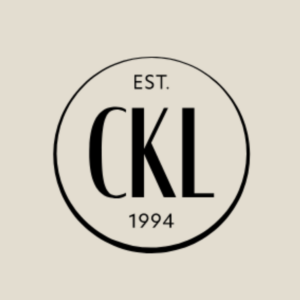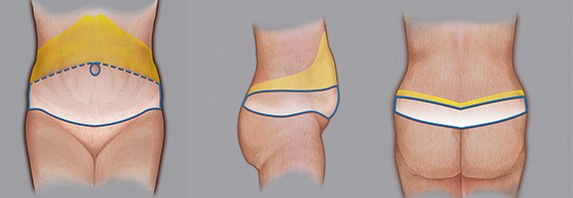EMS treatment – muscle growth and fat burning
EMS treatment (Electrical Muscle Stimulation) utilizes advanced technology that stimulates motor neurons in the muscles, creating powerful muscle contractions. You can achieve up to 18 % muscle growth and 21 % fat reduction.
Read more


